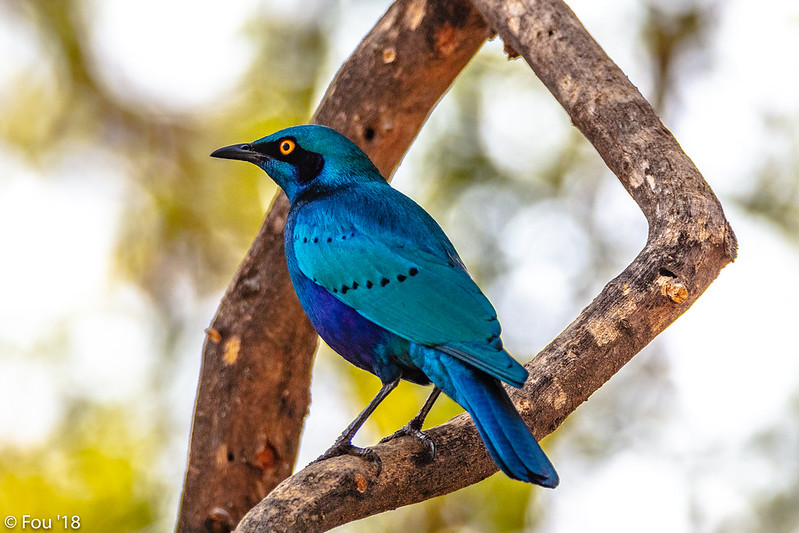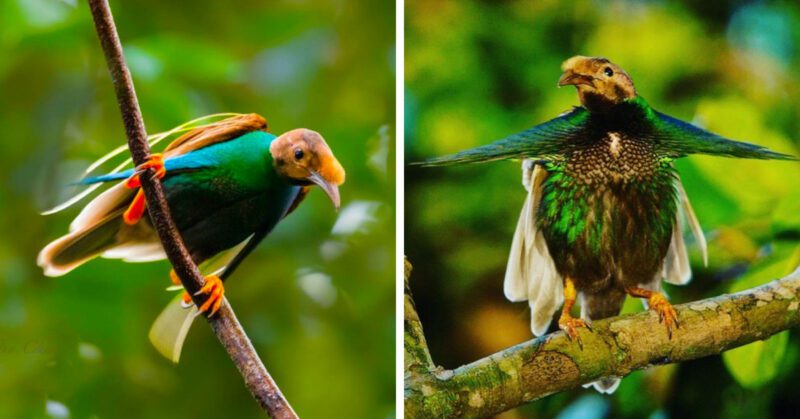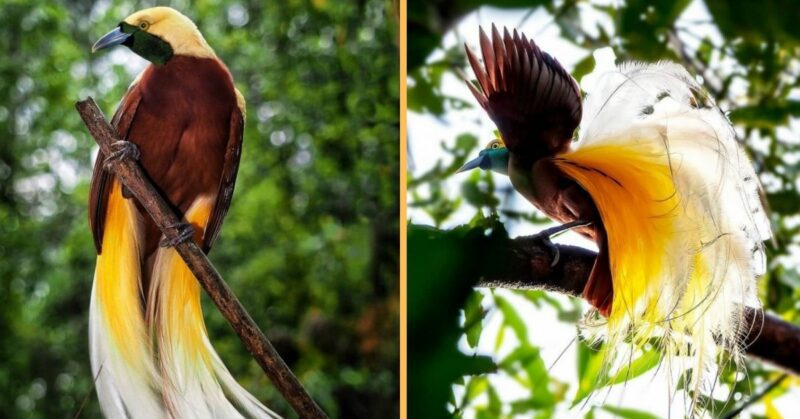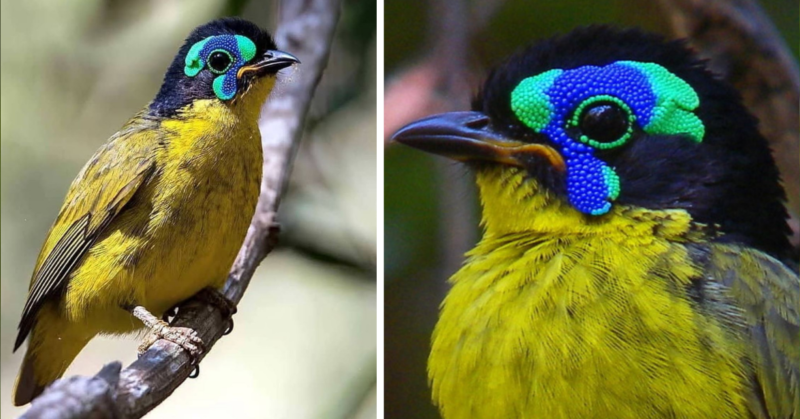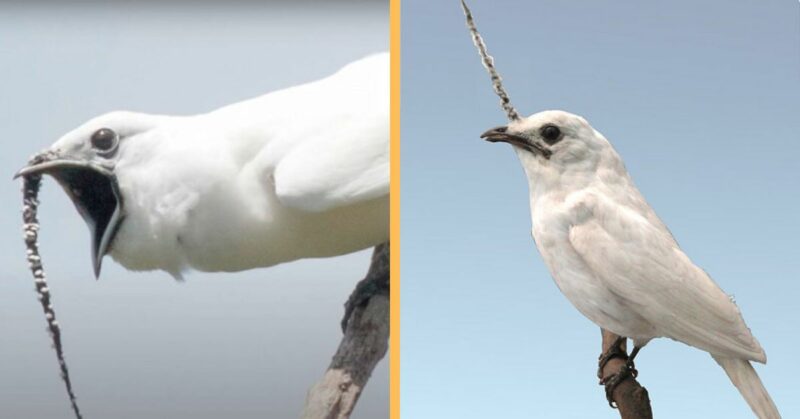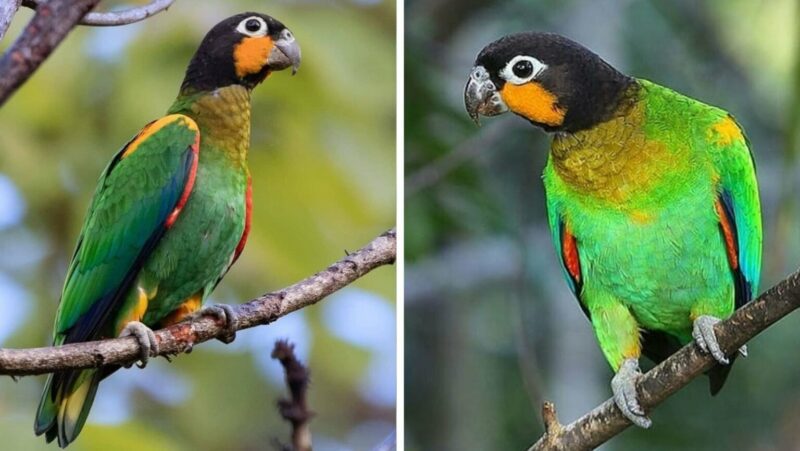A medium-sized bright blue to bright green bird with a beautifully contrasting royal blue to violet color!
MEET THE GREATER BLUE-EARED STARLING

The greater Blue-eared starling (Lamprotornis chalybaeus), is a bright blue-green bird with a purple-blue belly and a blue ear patch with contrasting royal blue to violet edges. The eyes are bright yellow-orange.
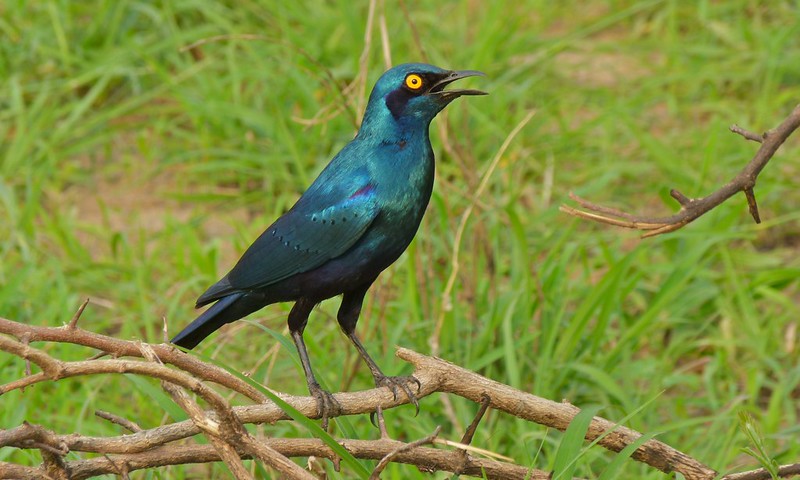
Both males and females are quite similar, with juveniles having black-to-brown bellies.

The greater blue-eared star is endemic from Senegal to Ethiopia and from southeastern Africa to northeastern South Africa and Angola.
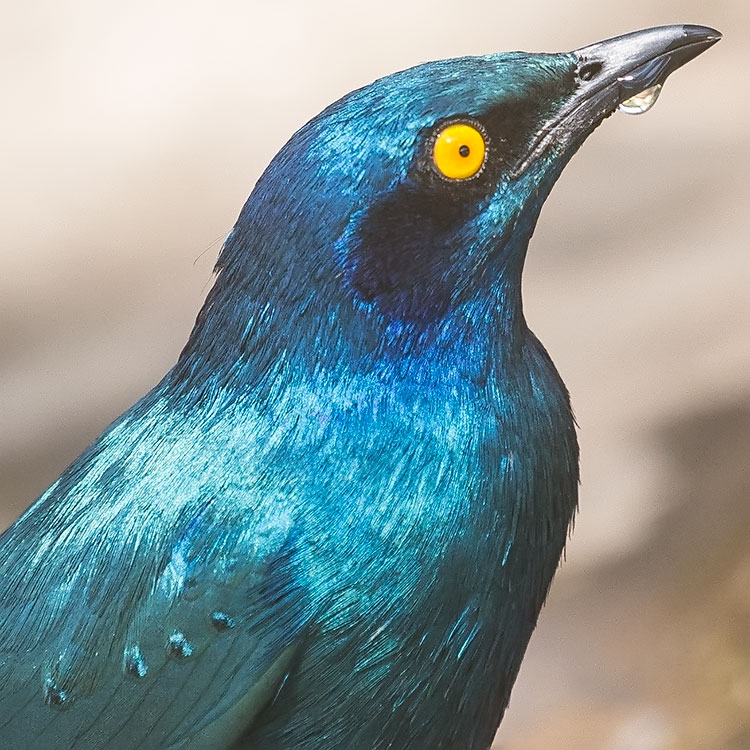
This species prefers open woodlands while being an omnivorous bird, it eats many invertebrates, seeds and berries, and figs.
Although usually, insects are its main source of food.
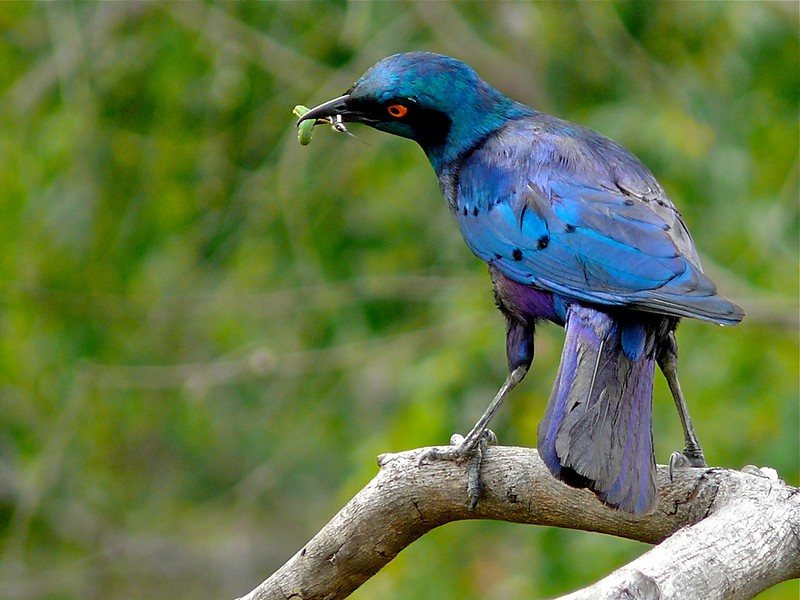
The greater Blue-eared starling nests in tree cavities or abandoned nests of barbets and woodpeckers. The female lays a clutch of 3-5 eggs which are blue-green with purple spots. The eggs are then incubated for 13-14 days before hatching. Juveniles leave the nest after about 13-14 days.
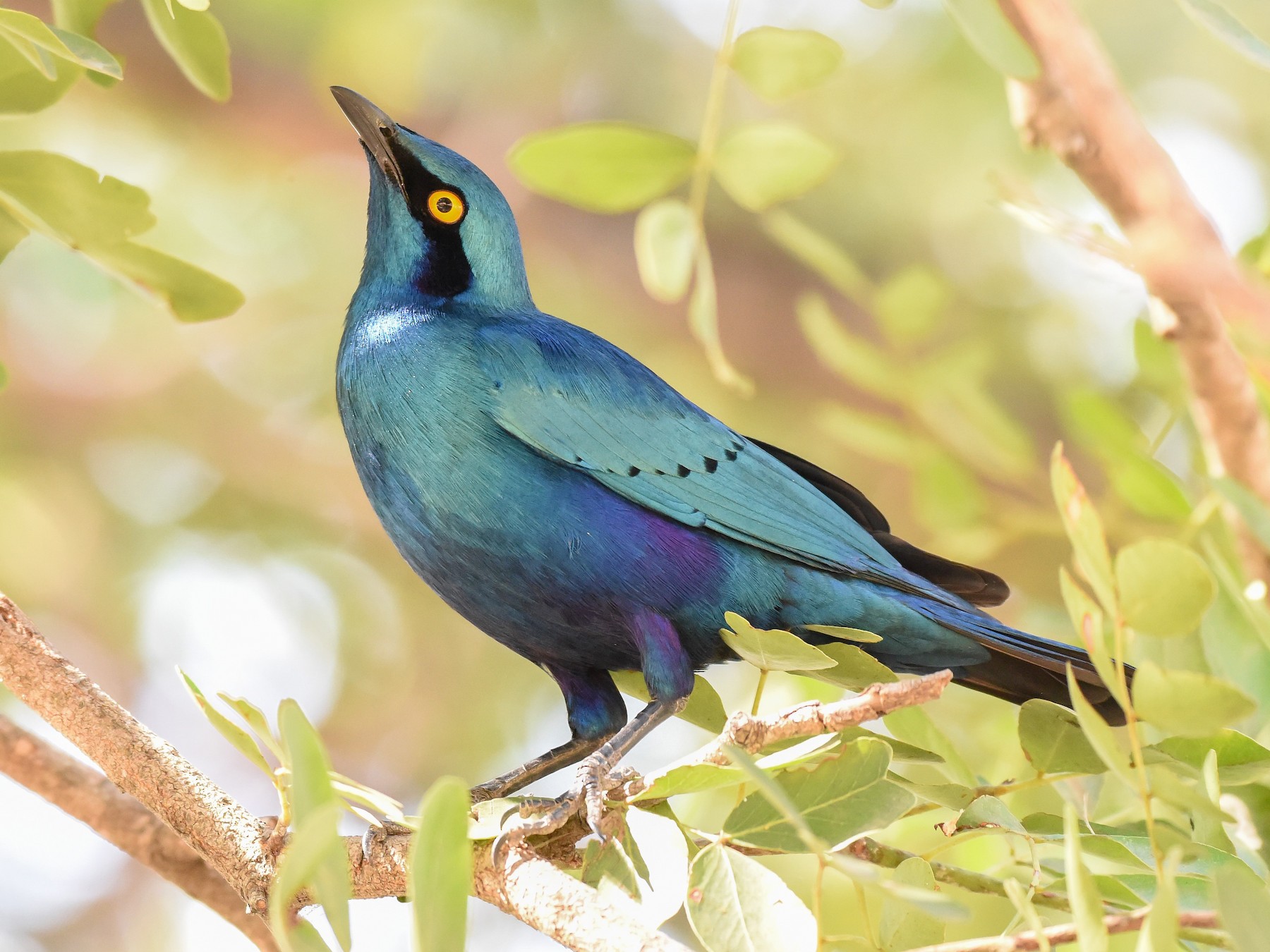
These birds are often found perching on livestock feeding on insects disturbed by these animals, and occasionally removing ectoparasites.
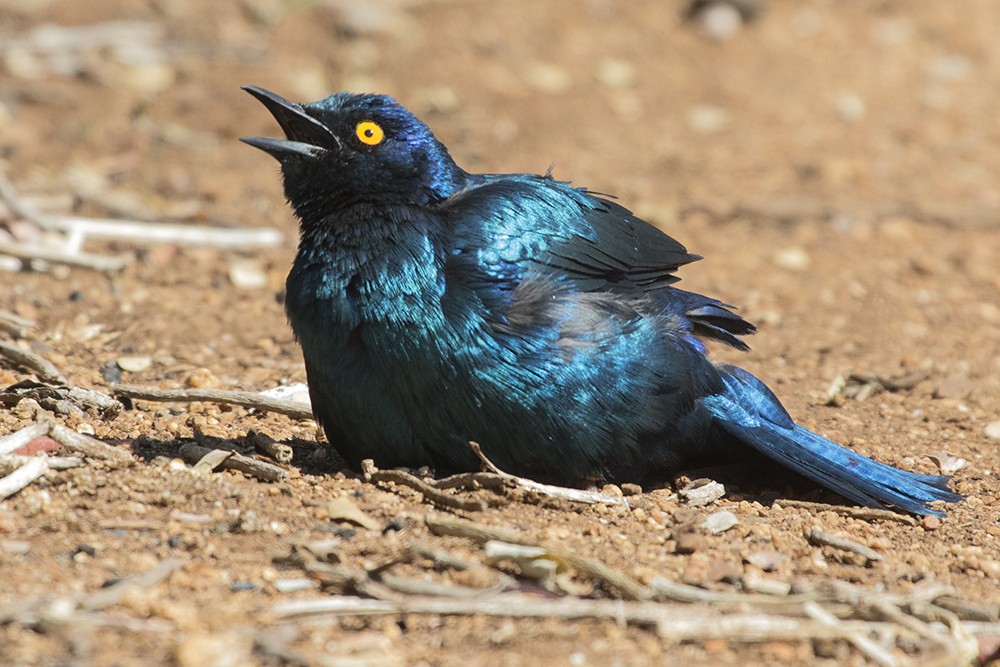
Due to its wide range, this bird is Least Threatened on the IUCN Red List of Threatened Species.
